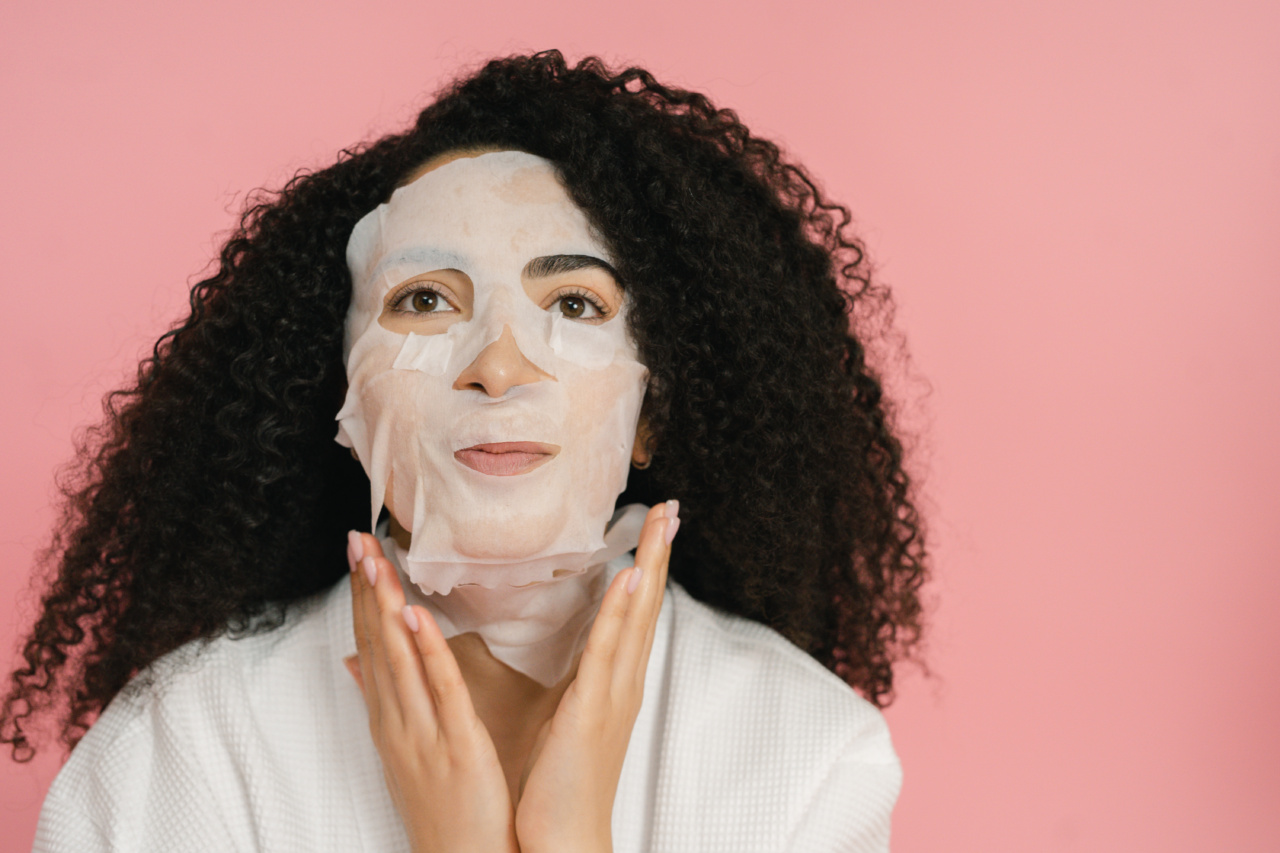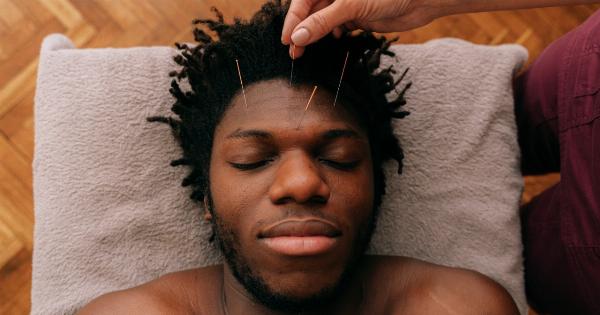Chin hair is a common concern for many individuals, especially women. While it is considered a natural part of aging and hormonal changes, excessive or unwanted chin hair can have a significant impact on self-esteem and confidence.
In this article, we will explore the various causes of chin hair growth and delve into the physical and emotional implications it may have on those affected.
The Causes of Chin Hair
Chin hair growth can be attributed to several factors, including hormonal imbalances, genetics, and certain medical conditions.
The most common cause of unwanted chin hair in women is an increase in androgen levels, commonly known as “male hormones.” This hormonal imbalance can occur due to conditions such as polycystic ovary syndrome (PCOS) or hormonal changes associated with aging.
Genetics and Chin Hair
Genetics play a significant role in determining the distribution and thickness of body hair, including chin hair. If your parents or close relatives have a predisposition to excessive facial hair, chances are you may also experience the same.
While genetic predisposition may not be entirely preventable, there are various methods available to manage and reduce the appearance of chin hair.
The Emotional Impact of Chin Hair
For many individuals, unwanted chin hair can cause emotional distress and impact self-confidence. Society often associates facial hair with masculinity, leading women to feel self-conscious or embarrassed about their appearance.
This emotional burden can affect various aspects of life, including relationships, professional endeavors, and overall well-being.
Methods for Chin Hair Removal
Fortunately, several methods are available for managing and removing chin hair. These methods range from temporary solutions to more permanent ones and can be tailored to individual preferences and needs.
1. Shaving
Shaving is a quick and cost-effective method to remove chin hair. However, it is important to note that shaving only provides temporary results, as the hair will grow back relatively quickly.
It is essential to use a sharp razor and shaving cream to avoid skin irritation or razor bumps.
2. Tweezing
Tweezing involves using a pair of tweezers to pluck individual chin hairs. This method provides slightly longer-lasting results compared to shaving. However, tweezing can be time-consuming and painful, especially for those with sensitive skin.
3. Waxing
Waxing involves applying hot or cold wax to the chin area and then removing it along with the hair. This method offers more extended relief compared to shaving or tweezing and may last up to several weeks.
However, waxing can be painful and may cause skin irritation or redness.
4. Depilatory Creams
Depilatory creams contain chemical compounds that dissolve the hair shaft, allowing easy removal. This method offers temporary relief from chin hair, and the results typically last longer compared to shaving.
However, it is vital to perform a patch test before using any depilatory cream to avoid skin reactions.
5. Laser Hair Removal
Laser hair removal is a more permanent solution to chin hair. This method uses laser technology to target and destroy hair follicles, inhibiting future hair growth.
It typically requires multiple sessions, and results may vary depending on individual factors such as hair color and skin type. Laser hair removal should be performed by a licensed professional.
6. Electrolysis
Electrolysis is another popular method for permanent chin hair removal. It involves inserting a fine needle into each hair follicle, delivering a small electric current to destroy the hair root.
Electrolysis may require multiple sessions, but it offers long-lasting results for most individuals. Like laser hair removal, electrolysis should be performed by a trained professional.
Seeking Professional Advice
Before considering any method for chin hair removal, it is crucial to consult with a healthcare professional or dermatologist. They can help determine the underlying cause of excessive hair growth and recommend the most suitable treatment options.
They may also investigate any potential underlying medical conditions contributing to the issue.
Coping Strategies and Support
Dealing with unwanted chin hair can be emotionally challenging, but there are coping strategies and support available.
Connecting with others who share similar experiences through support groups or online forums can provide a sense of community and understanding.
Embracing Diversity and Body Positivity
It is essential to remember that everyone’s body is unique, and natural variations, such as chin hair, are normal.
Embracing diversity and promoting body positivity can help shift societal perceptions and empower individuals to feel confident and comfortable in their own skin.































